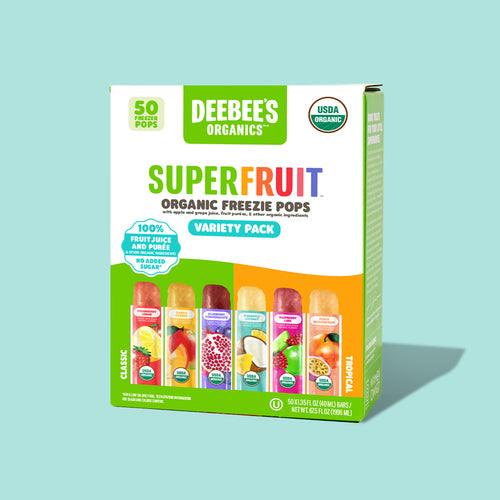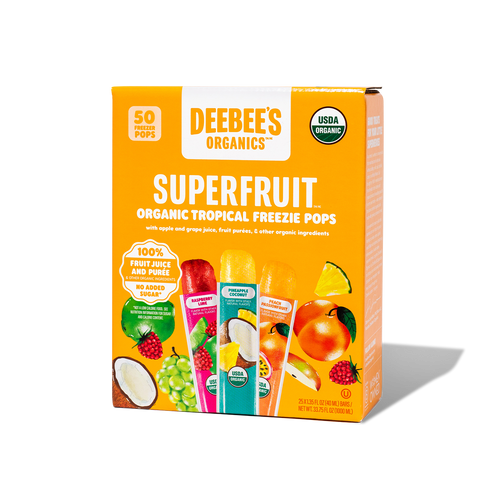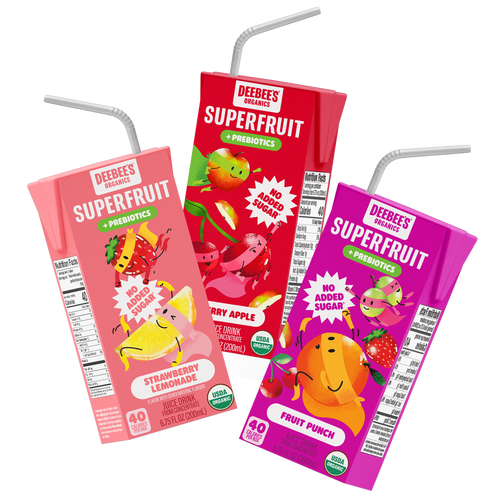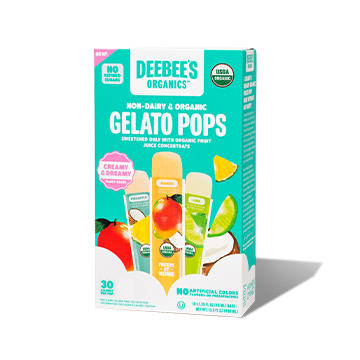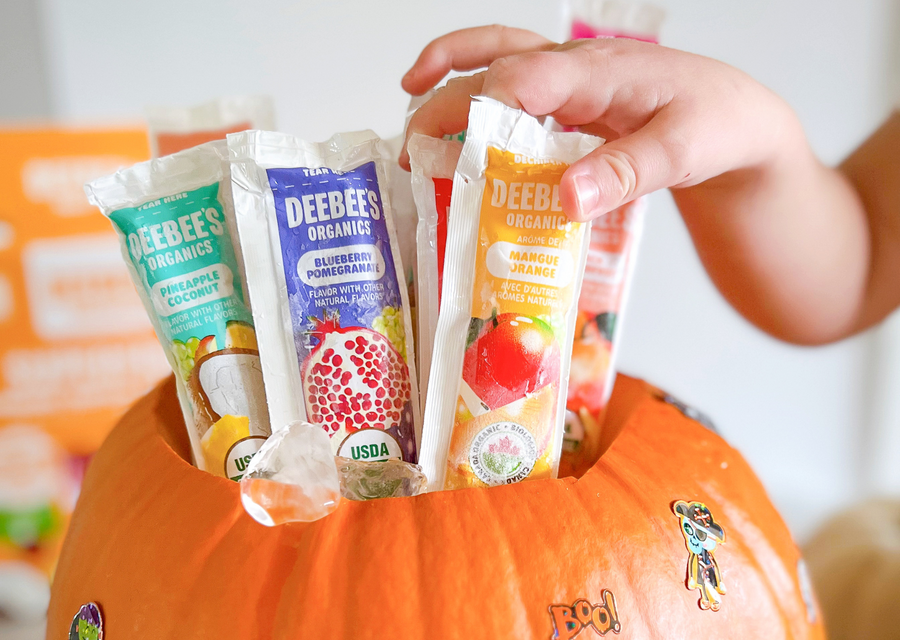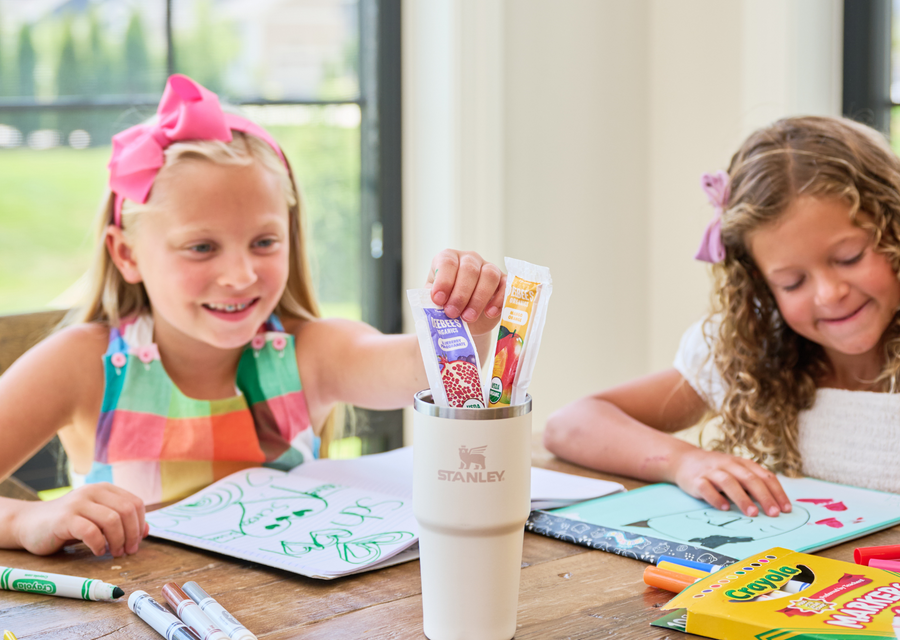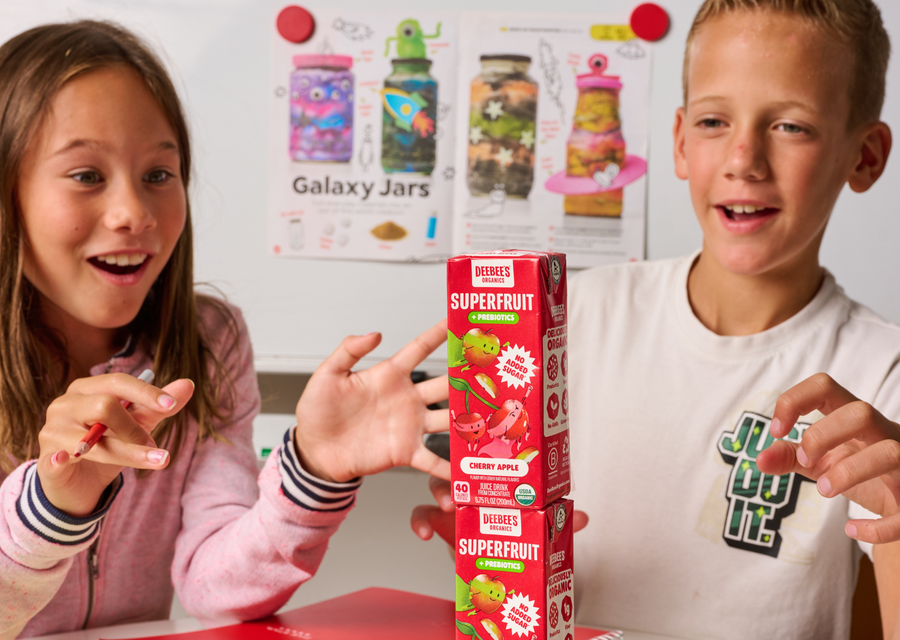Ready to start growing vegetables, but feeling overwhelmed with all the details and steps of gardening outdoors?
We’re here to help! In this episode of our A Garden with Gratitude blog series, explore how to start growing indoors using a system that aligns with your lifestyle, and read up on our favorite vegetable gardening tips.
How Gardening Fosters Gratitude
It’s no secret that vegetables come from the Earth, but this can be easy to forget when all we see is rows of fresh produce at the grocery store.
At DeeBee’s, we believe in the power of fruits and vegetables, and how food can help us find gratitude for all that we have. Before exploring our helpful indoor vegetable gardening methods, don’t forget to catch up on our favorite benefits of gardening here!
Different Ways to Garden Indoors
Sometimes, we just don’t have the space (or tools on hand) to garden outdoors. But this doesn’t mean that we can’t experience the same fun indoors! Keep reading to explore three common ways to garden inside your home with limited space.
Hydroponic Gardening: If you’re low on space and time but still hoping for lush harvests, a hydroponic gardening system is a great choice for you! Hydroponic gardening is a way to grow fruits and vegetables indoors all year round without the use of soil. Plants grow using water and LED grow lights (no direct sunlight required!), making them not only an easy option for busy parents, but a mess-free and safe system for those living with little ones or pets.
While the start-up costs for this form of indoor gardening can be high, it operates as a one-time cost for a long term gardening solution. Hydroponic systems range in size from small tabletop cubes, to stackable floor to ceiling gardens that work to maximize the space you have. Our favorite vegetables to grow easily using a hydroponic gardening system are tomatoes, lettuce, and herbs.
Aquaponic Gardening: Similar to hydroponic gardening, aquaponic gardening systems also use water and LED grow lights instead of traditional soil beds. However, the main difference between the two is that aquaponic systems house live fish in the water below the plants you’re growing. While the nutrients from fish waste help plants grow up to six times faster than soil-based gardening, this method of gardening usually requires some additional indoor space and added fish care.
This is a great way to garden indoors if you’re an avid terrarium or gardening enthusiast, but not recommended for those short on time or with large families. Some of the best vegetables to grow quickly using aquaponic gardening systems include radishes and lush greens like swiss chard, turnip greens, and lettuce.
Soil-based: If you’re looking to foster even more of that Earth-to-food connection that builds gratitude around gardening, soil-based gardening is the way to go! When gardening using soil indoors, it’s key to remember to place your pots near a healthy amount of daily sunlight and not overwater your plants. Soil-based gardening is a great indoor gardening option to make use of small spots with lots of natural light or balcony/porch space.
Our favorite vegetables to grow indoors in soil include carrots, beets, and onions because these don’t require very deep soil. You can even get seeds prepared for indoor growth indoors instead of outdoors!
Our Favorite Tips to Grow Vegetables at Home
Now that you’ve selected the type of indoor system that suits your family the best, here’s our favorite indoor gardening tips to make growing your favorite vegetables a little (or a lot!) easier than you think.
- Choose your veggie seeds carefully. Not all vegetables grow easily indoors and without much sunlight. Fewer vegetables grow easily in pots that are not very deep, like most indoor gardening pots are. Don’t be afraid to do your research to ensure that you choose seeds and vegetables that will grow in your home, based on the sunlight you receive and size of your pots.
- It’s all about the soil. If you’re looking to grow vegetables quickly, don’t stick to filling your pots with just soil. We love to fill our pot with 50% soil and 50% compost (straight from the scrap bin!) to keep plants fed with a variety of nutrients.
- Start seedlings in egg cartons. Seeds need less space than you think! Rather than starting seeds in the pots they will be ready to harvest in, start them in egg cartons out on the porch, balcony, steps or driveway to give them a good boost of sunlight before bringing them indoors to repot and grow.
- Grow vegetables to save money. One of our favorite tips when it comes to growing at home is that you shouldn’t hesitate to grow what’s most expensive at the grocery store! We also love growing vegetables and fruits that are on the dirty dozen list as a smart way to minimize long-term pesticide ingestion.
- Place your pots off the floor and with space all around. In an attempt to maximize space, it’s a common mistake to crowd pots together or place them on the floor. This not only prevents your plants from getting good airflow, but also makes them prone to damage from children or pets (who can also get hurt!)
- Watch your thermostat. It can be easy to have an air conditioner blasting all summer long and the heat on all through winter. Did you know that extreme temperatures and rapid temperature changes negatively impact both your plants’ health and growth? Try to keep your home at a moderate temperature all year long, with no air conditioners or space heaters close to plants.
- Learn to troubleshoot your plant health! If your plants look pale and stocky, they need more light, so place them outdoors during the day (if you can). If they look old, brown, or crispy at the edges, move your plants out of direct sunlight and water them just a little bit more. If they’re attracting pests and looking white or sticky, spray your plants with water or insecticidal soap. If this doesn't work, try pruning or isolating the problematic areas from the rest of the plant.
